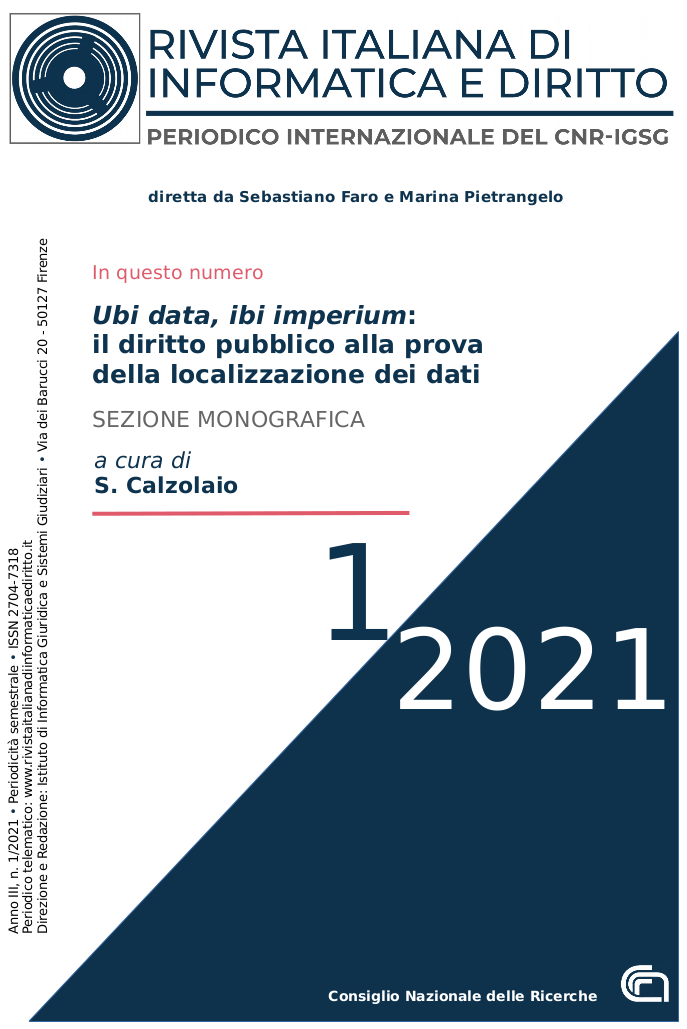Cloud computing: technical models and legal frameworks
DOI:
https://doi.org/10.32091/RIID0023Keywords:
Cloud computing, Cloud Act, e-Evidence RegulationAbstract
The cloud computing market has experienced an exponential growth rate in recent years, which the recent global pandemic emergency will eventually strengthen further. The success of this complex and varied “ecosystem” of technologies and services lies in a synergistic combination of factors, as well as the increasingly widespread diffusion of smartphones and tablets, which has led to new ways of using IT services. Cloud platforms today perform an enabling function with respect to a practically infinite variety of services, which could not exist without the resources made available by cloud computing providers. From a legal point of view, however, cloud computing leaves enormous questions still largely unresolved. How to protect the rights of data subjects when their data can be moved, unpacked, recomposed and replicated in any node of the global network with a simple click? How to regulate such kaleidoscope of different services and how to share obligations and responsibilities among the various subjects that make up the cloud supply chain? In many respects, the approach followed by the United States and the European Union could not be more different, but both pretend to unilaterally regulate a phenomenon -cloud computing and, more generally speaking, the Internet - in which “The data are shared according to the logic of the system, and not according to venerable historical lines drawn on a map of the world”.














 rivistariidATigsg.cnr.it
rivistariidATigsg.cnr.it